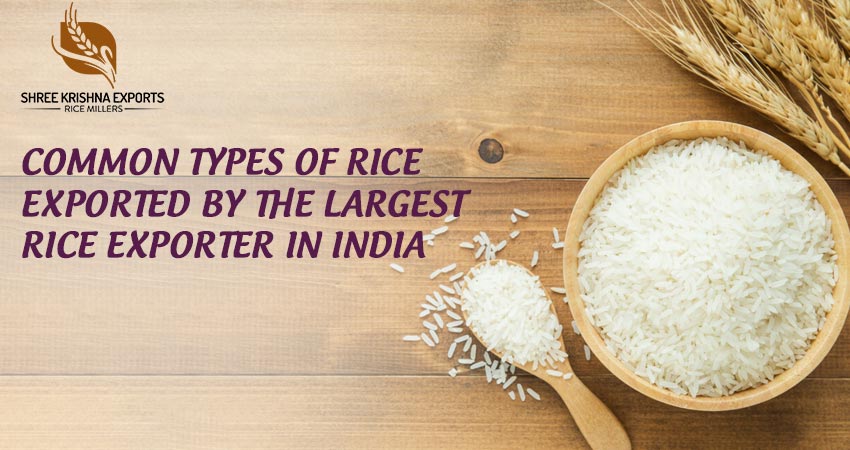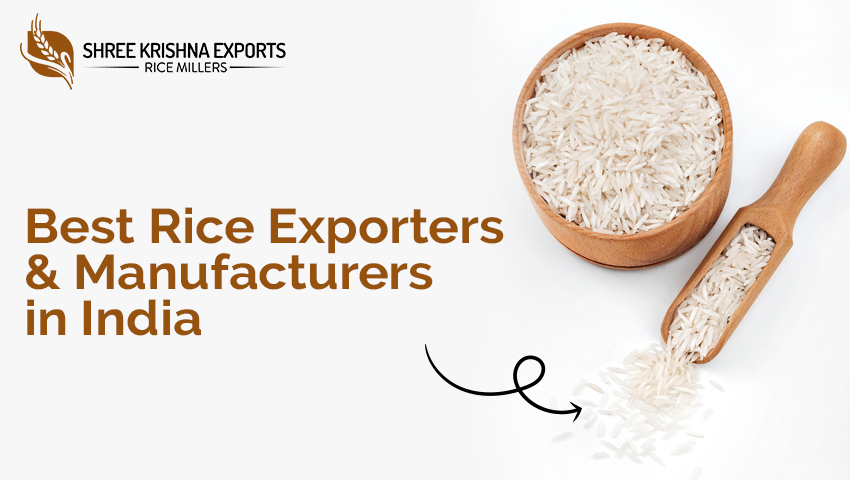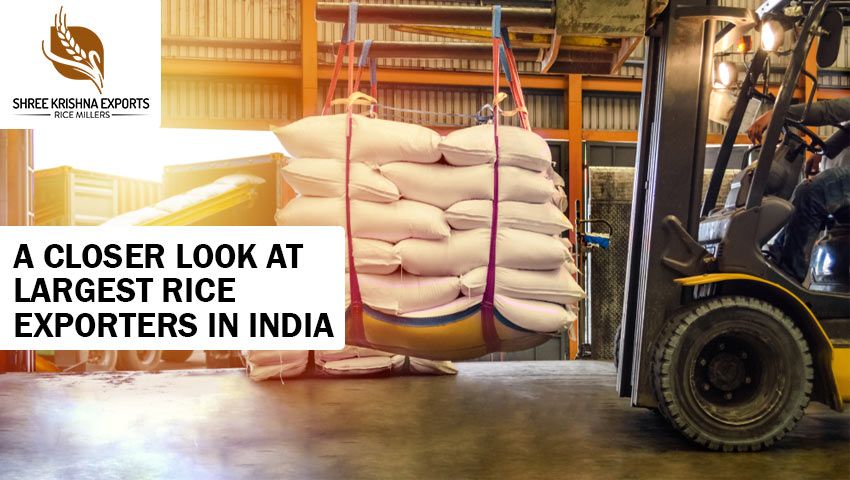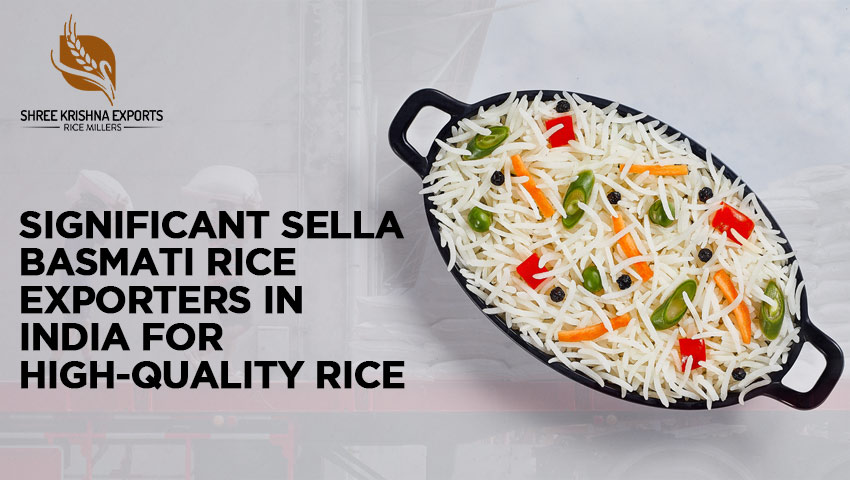Largest rice exporter In India: One of the most well-liked and commonly eaten staple foods is Rice. It has the third-highest global production of any agricultural product and is widely consumed in Asia and Africa. Although it may live as a perennial crop in climates like the tropics, it is often produced as an annual plant. Around 40,000 different types of Rice may be found worldwide. India remains one of the top exporters of Rice to various countries across the globe. Here are some of the typical rice types that the largest rice exporter In India exports:
Parboiled
Parboiled Rice has been partially boiled while still in its husk. To parboil something, you must soak, steam, and dry it. These procedures make it simpler to handle the Rice by hand. Additionally, parboiling improves the nutritional value of the food while altering the texture and increasing weevil resistance.
Sona Masuri
Sona masuri rice is a medium-grain type that is mainly farmed in the Indian states of Andhra Pradesh, Telangana, and Karnataka. It is a fragrant and light type of Rice. Significant markets for this expensive species of Rice include the United States, Canada, Europe, Malaysia, and nations in the Middle East, including Saudi Arabia and Qatar.
Broken Rice
First, despite the name “broken rice,” there is nothing wrong with this kind. Like all Rice, it is equally nutrient-dense. It is only broken rice grains from the field, drying, shipping, or milling. The broken grains are separated from the entire grains and sorted according to size using mechanical separators.
Basmati Rice
Different varieties of basmati rice exist. Basmati 370, Basmati 385, and Basmati Ranbirsinghpura are examples of traditional varieties. There are two types of traditional basmati rice: raw and parboiled. It is utilized in Chinese, Mughlai, Indian, and Continental cuisines.
Golden Sella Basmati
When Rice is parboiled, more minerals and vitamins from the raw grain are retained. The process ensures that the grain will cook up solid. Rice that has been parboiled is devoid of gluten and cholesterol. Both salt and saturated fat levels are modest. Complex carbohydrates included in Rice are available for the body to utilize as fuel.
1121 Pusa basmati
The Basmati rice variety Pusa Basmati 1121 inherits qualities from more established Basmati cultivars like Type 3 and Basmati 370. This variety evolved through the hybridization process. Beginning in 2003, 1121 Basmati rice was grown commercially. It has extra-long, slender milled grains, a lovely scent, volume expansion that exceeds four times, a delectable taste, a pleasant texture, and is simple to digest.
Sugandha Basmati Rice
One of India’s most affordable brands of long-grain basmati rice is Sugandha. It is typically grown in places like Punjab, Haryana, Uttar Pradesh, and others in India. Sugandha Basmati Rice is non-sticky and has a beautiful aroma. Compared to 1509 Basmati and 1121 Basmati rice, it is often a little shorter. If it is cooked properly, it may grow up to twice as long.
Sharbati Basmati Rice
Because it is a hybrid of traditional basmati rice, sharbat basmati rice lacks a distinctive fragrance. Sharbati Basmati Rice may be prepared similarly to Basmati Rice. It is 14 to 15 MM in length. The rice grain is around 7.1–7.2 MM long.
Most rice varieties have different features that make them different from each other. And choosing the best rice exporters in India, like Shree Krishna Exports, will ensure that one is getting all the benefits of the said Rice.




